Solar System 1 of 2
Solar System Gallery 1 Solar System Gallery 2
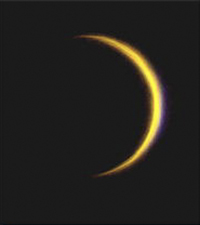
Venus in the 24-inch Clark |
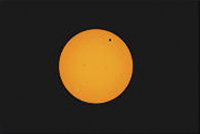
Transit of Venus |
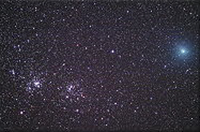
Comet Hartley |

Comet Pan-Starrs |
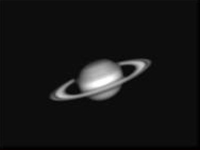
Saturn |
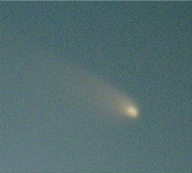
Pan-Starrs - March 12, 2013 |
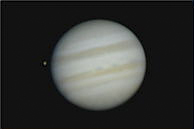
Jupiter through DSC - March 2, 2013 |
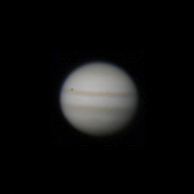
Jupiter |
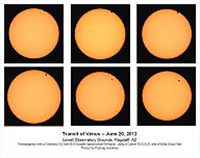
© 2014 Padraig Houlahan |
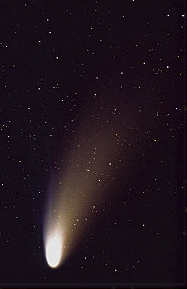
Comet Hale-Bopp |
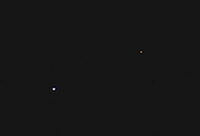
Venus and Mars |
The following was retrieved from Wikipedia, the free encyclopedia, at http://en.wikipedia.org/wiki/Solar_system on March 5, 2014
"The Solar System is the Sun and the objects that orbit the Sun. These are a planetary system of eight planets and various secondary bodies, dwarf planets and small Solar System objects that orbit the Sun directly, as well as satellites (moons) that orbit many planets and smaller objects. The Solar System formed 4.6 billion years ago from the gravitational collapse of a giant molecular cloud. The vast majority of the system's mass is in the Sun, with most of the remaining mass contained in Jupiter. The four smaller inner planets, Mercury, Venus, Earth and Mars, also called the terrestrial planets, are primarily composed of rock and metal. The four outer planets, called the gas giants, are substantially more massive than the terrestrials. The two largest, Jupiter and Saturn, are composed mainly of hydrogen and helium; the two outermost planets, Uranus and Neptune, are composed largely of substances with relatively high melting points (compared with hydrogen and helium), called ices, such as water, ammonia and methane, and are often referred to separately as "ice giants". All planets have almost circular orbits that lie within a nearly flat disc called the ecliptic plane.
The Solar System also contains regions populated by smaller objects. The asteroid belt, which lies between Mars and Jupiter, mostly contains objects composed, like the terrestrial planets, of rock and metal. Beyond Neptune's orbit lie the Kuiper belt and scattered disc, linked populations of trans-Neptunian objects composed mostly of ices. Within these populations are several dozen to more than ten thousand objects that may be large enough to have been rounded by their own gravity. Such objects are referred to as dwarf planets. Identified dwarf planets include the asteroid Ceres and the trans-Neptunian objects Pluto and Eris. In addition to these two regions, various other small-body populations including comets, centaurs and interplanetary dust freely travel between regions. Six of the planets, at least three of the dwarf planets, and many of the smaller bodies are orbited by natural satellites, usually termed "moons" after Earth's Moon. Each of the outer planets is encircled by planetary rings of dust and other small objects.
The solar wind, a flow of plasma from the Sun, creates a bubble in the interstellar medium known as the heliosphere, which extends out to the edge of the scattered disc. The Oort cloud, which is believed to be the source for long-period comets, may also exist at a distance roughly a thousand times further than the heliosphere. The heliopause is the point at which pressure from the solar wind is equal to the opposing pressure of interstellar wind. The Solar System is located within one of the outer arms of the Milky Way, which contains about 200 billion stars."